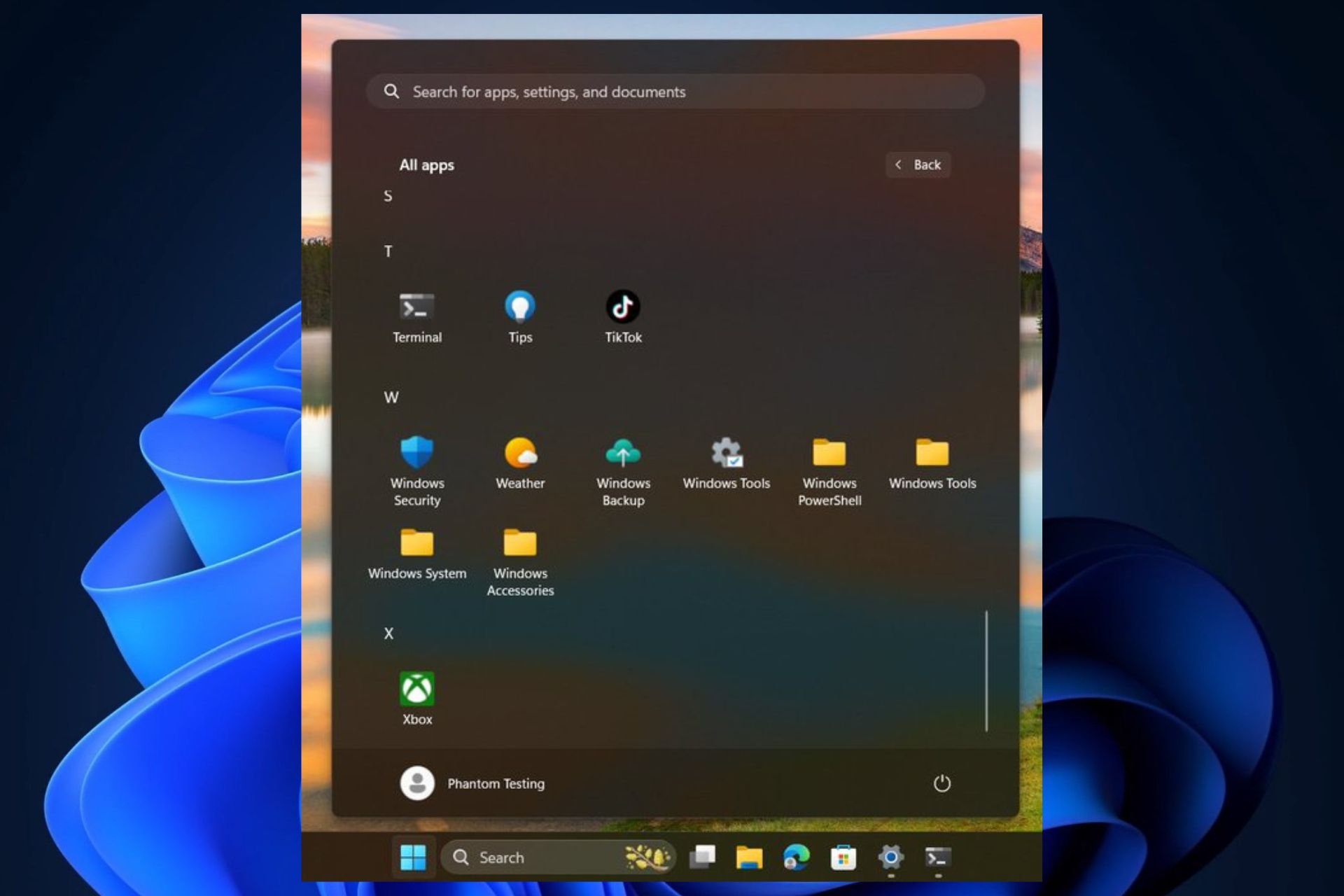This Week in PC Hardware: Processors throttle down, graphics boost forward, and storage scales up
6 min. read
Published on
Read our disclosure page to find out how can you help Windows Report sustain the editorial team Read more
Every week, we bring you the latest in PC hardware news, keeping you up-to-date with the interesting developments in the industry. We bring together the major announcements of new processors, graphics, motherboards, memory, displays, and other developments. So read on for your dose of This Week in PC Hardware.
Processors
There’s no good news for processors this week, only bad news from both major players. Starting with Intel, a couple of weeks back, we caught wind that the company was breaking away from its tick-tock release cycle and delaying its 10nm Cannonlake processors. Instead, the company would release Kaby Lake as the successor to Skylake. Because of the delays and pushbacks that started with Broadwell, Intel’s entire lineup of future processors will also be pushed back.
A recent report from DigiTimes claims that Kaby Lake will now be delayed from its intended early 2016 launch to September 2016 for consumer processors, and January 2017 for enterprise processors. These delays may not mean much for consumers as Intel nonetheless continues to deliver more efficient and more powerful processors, it is a testament that the industry is unable to mass produce chips using newer manufacturing processes.
Over at team AMD, the company has officially announced that it is cancelling all of its 20nm processor plans, taking a $33 million hit for a technology node transition from 20nm to FinFET. Last year, the company announced plans to produce the first hybrid x86-ARM APUs with integrated Radeon graphics, these SoCs were to be built using a 20nm process but it seems that’s not going to happen before AMD further develops them, and especially now that all 20nm plans are canceled.
The company has also lowered its revenue expectations for its current APUs. AMD is anticipating an 8% decrease in revenue in Q2, translating to around $950 million. The decrease is associated with lower demand for consumer PCs, which as a result, OEMs are ordering less APUs from the company. Although, the company is expecting next quarter’s results to be in line with its current estimates.
There is a silver lining to all this misery though. IBM, in collaboration with Samsung and AMD spin-off GlobalFoundries showed off the first fully-functioning 7nm FinFET chip. The chip isn’t pure silicon like other processors, it uses a silicon-germanium mix that allows for faster transistor switching and lower power requirements. Just to put into perspective how small 7nm is, look really, really closely at your fingernail and count up to 7 seconds. Your fingernail has now grown larger than 7nm. Did you notice? No? Maybe that’s because 7nm is just over the size of 3 stacked strands of DNA. It’s very miniscule, let’s leave it at that. It would make way for processors packing up to 20 billion transistors. That’s lot of power, in a very small, energy efficient package. Unfortunately, IBM has declined to estimate when the tech will be viable for mass production.
Graphics
What was a rumor last week, is official now. AMD and its partners have officially announced the Radeon R9 Fury. As rumored, this GPU is a cut-down version of the flagship Fury X. It features 3584 stream processors (compared to the 4096 on the Fury X), 64 ROPs, 4GB of high-bandwidth 4096-bit memory, and clock speeds of 1000 MHz and 500 MHz of the core and memory respectively.
Recent benchmarks show the Fury outperforming the NVIDIA GTX 980, particularly at 4K resolutions, where it just about matches the type of performance the newer GTX 980 Ti delivers. At $549, the Radeon R9 Fury is a bargain, with AMD once again hitting the sweetspot price-performance ratios it’s known for. Speaking of which, those of you on Windows 10 running an AMD graphics card, there’s a new Catalyst driver for you, we recommend you keep your drivers up-to-date for the best performance results.
NVIDIA partners have also been busy customizing the flagship GTX 980 Ti. Last week, we looked at one such offering from ZOTAC, which went crazy by factory overclocking the card by 25%. This week, Asus takes the spotlight, unveiling four new custom-designed cards. Soon, customers will get to choose from the ROG MATRIX, fitted with a custom PCB designed for extreme overclocking; the 980 Ti STRIX, which comes with a new DirectCU III cooling solution; the POSEIDON, which can be optionally water-cooled; and finally, the GTX 980 Ti 20th Anniversary Edition Gold Platinum to celebrate 20 years of GPU manufacturing at Asus. Details are scarce for most of these cards, so we don’t have info on detailed specs, pricing, or availability just yet, but we should hear more in the near future.
Displays
More curved PC displays! We saw one from Acer last week, and we have a new one for you to feast your eyes on this week. BenQ’s XR3501 is a 35” cinematic-widescreen display. It has a resolution of 2560 x 1080, a refresh rate of 144 Hz, 3ms response times, and a 2000:1 contrast ratio. Towards the back, it includes one DisplayPort 1.2 input, mini-DisplayPort, two HDMI 1.4, and analog input. Price hasn’t been announced yet, but it should be a lot cheaper than the $1000 Acer model considering it’s not 4K and doesn’t use AMD’s FreeSync or NVIDIA’s G-Sync technology.
Storage
Earlier this week, Samsung took the wraps of new 2TB drives. There’s nothing spectacular about the capacity, except for the fact that we’re talking about SSDs! The new 2TB EVO 850 and 850 Pro are based on Samsung’s 3D Vertical NAND and come in a standard 2.5-inch enclosure, meaning you easily install them in laptop computers. Read and write speeds for EVO 850 are 540 and 520MB/s respectively while the EVO 850 Pro comes in at 550 read and 520MB/s write. So they’re pretty fast drives.
The drives will be available in 50 countries and will cost $799.99 for the EVO 850 and $999.99 for the EVO 850 Pro. Certainly not cheap, but considering the capacity and speed, you may finally be able to use one SSD for all your storage needs. You may be wondering why the price discrepancy between the drives is so large despite the read/write speeds being very similar, that may come down to reliability. Samsung rates the EVO 850 at 5 years, or 150 terabytes written (TBW), but the EVO 850 Pro is rated at 10 years, or 300 TBW, so you get a much longer lasting drive.
That’s it for This Week in PC Hardware, and now it’s your turn. Let us know what you like or dislike from this week’s announcements in the comments section below.














